Nijhum Dwip National Park
Hatia, Noakhali.
Declared as a National Park in April, 2001, Nijhum Dwip National Park encompasses 16,352 ha including Domar Char, other small islands and part of Hatia Island in Jahajmara Range. It is located in the Bay of Bengal in Noakhali District. Nijhum Dwip is important as the wintering ground of internationally significant numbers of migratory water birds, including several globally threatened species (it is the world’s main wintering site for Indian Skimmer, regularly hosts Nordmann’s Greenshank and sometimes the critically endangered Spoon-billed Sandpiper).
Nijhum Dwip NP protects a planted mangrove forest and tidal grasslands (home to an introduced population of about 5,000 Spotted Deer), and extensive intertidal mudflats and accreting char areas and coastal waters. The vast inter-tidal mudflats, sand bars, and shallow waters are of utmost importance to 81 species of waterbirds. Domar Char in particular is home for half the year to important numbers of shorebirds. The coastal waters within and adjacent to the NP are also an important fishery.
Within Nijhum Dwip National Park live about 30,000 people, most of whom are poor, highly vulnerable to cyclones, and dependent on fishing, grazing and other natural resources. Strengthening livelihoods in ways
that reduce pressure on the biodiversity and ecology of Nijhum Dwip NP, including zoning, wildlife protection and sustainable fisheries, are a high priority.
WHY IS NIJHUM DWIP NATIONAL PARK IMPORTANT?
An important population of Spotted Deer
Over 50% of the world population of globally endangered Indian Skimmer
171 species of birds including several threatened ones and 11 species of mammals
Important spawning ground for the national fish of Bangladesh, Hilsha
Local people are poor and depend on forest resources, threatening the biodiversity and ecology
CO-MANAGEMENT HELPS PROTECT CRITICAL FOREST HABITATS IMPORTANT FOR A WIDE RANGE OF CREATURES AND PLANTS, INCLUDING GLOBALLY THREATENED SPECIES …
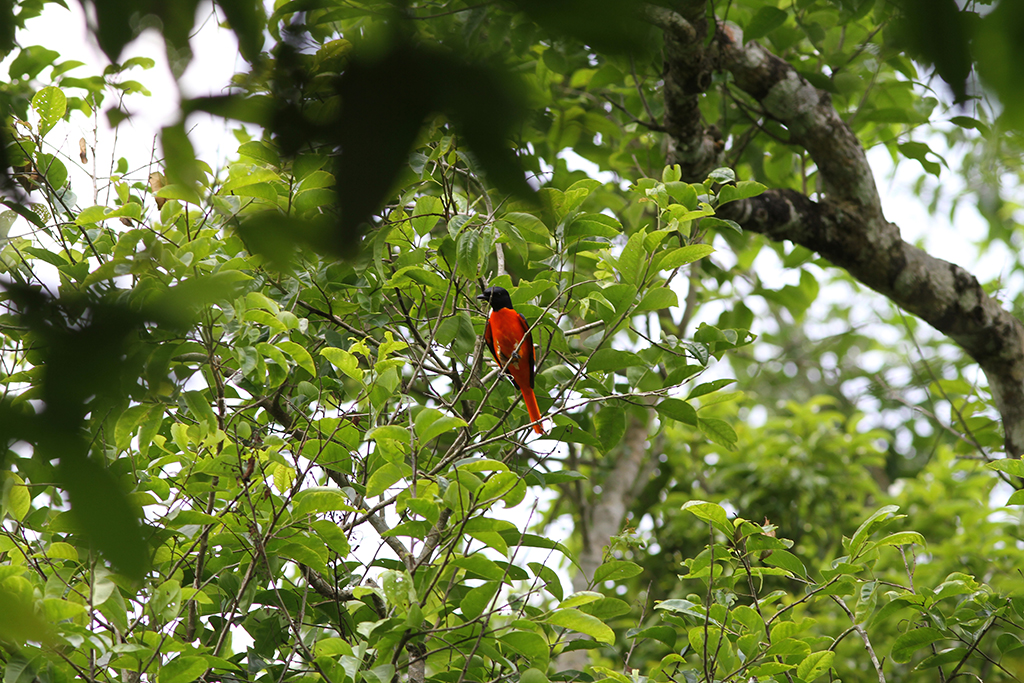
Indian Skimmer (Rynchops albicollis)
Please support this important work.
This exceptional bird flies along with its lower mandible “skimming” through shallow water, when it hits a small fish its bill snaps shut. Coastal Bangladesh is the main wintering ground for this globally Vulnerable species, which nests on riverine sandbanks. Up to 5,000 birds (about half the world population) used to winter around Nijhum Dwip, but they have reduced to about 1,000. Protecting roosting sites, removing nets from shallow waters, and ending hunting with snares are priorities for the communities co-managing this site.
Sustaining Nature, Biodiversity, and Local Communities
Nijhum Dwip Co-Management Committee engages with local communities to conserve Nijhum Dwip National Park and its threatened species, including the world’s largest population of Indian Skimmer through climate-resilient natural resources management and diversified livelihoods
Co-Management in Nijhum Dwip was established in September 2014 under the framework of a Ministry of Environment and Forests order published in November 2009. Nijhum Dwip CMC formally works with and includes Bangladesh Forest Department as well as all key local stakeholders including local government and of course representatives of the 22 villages within and adjacent to the NP, who are organized into a common forum.
NIJHUM DWIP CO-MANAGEMENT COMMITTEE (CMC)
KEY OBJECTIVES:
- Ensure long-term conservation of biodiversity
- Mobilize local people as environmental stewards and stakeholders
- Promote sustainable fisheries in and around Nijhum Dwip NP
- Protect wintering shorebirds and water birds including threatened species
- Improve the lives and livelihoods of local people, by diversifying livelihoods, improving skills, and reducing vulnerability to hazards and climate change
- Encourage eco-tourism, and provide adequate facilities for visitors
- Provide a forum for discussions,consultations, and conflict resolution
How You Can Help ?
Please support our community efforts to strengthen conservation. The work of Nijhum Dwip CMC and associated organizations involves local communities working with local government and Bangladesh Forest Department. These activities depend on support from grants and outside resources.
Nijhum Dwip CMC does not have a bank account but funds can be channeled through CODEC – a
national NGO which has helped establish the CMC. CODEC is registered with Bangladesh NGO Affairs Bureau, registration no. 263. Its programs focus on the disadvantaged coastal and fisherfolk communities for their social-cultural and economic development.
Your donations to Nijhum Dwip CMC will support:
- Improving habitat and species protection, especially for threatened species, through community patrols and sanctuary areas for mudflats and waterways
- Reducing conflicts between people and wildlife (e.g. controlling stray dogs)
- Promoting eco-tourism (e.g., establishing visitor facilities and publicizing information on Nijhum Dwip)
- Increasing community sustainability (e.g. reducing disaster vulnerability and improving services)
Contacts
President
Nijhum Dwip CMC
Hatiya, Noakhali
Tel: 01716 146 372
Forest Department
DFO, Costal Forest Division, Noakhali;
Tel: (+88) 0321-62512
Member Secretary
Nijhum Dwip CMC
Hatiya, Noakhali
Tel: 01835 871 380
CODEC
Khurshid Alam Ph.D
Executive Director, CODEC
CODEC Bhaban; Plot 2, Road 2, Lake Valley R/A, Hazi Zafor Ali Road
(Nuria Madrasha Lane); Foy’s Lake, Khulshi, Chittagong, Bangladesh;
Tel: 031-2566747;
Email: khurshidcodec@gmail.com
MAPS
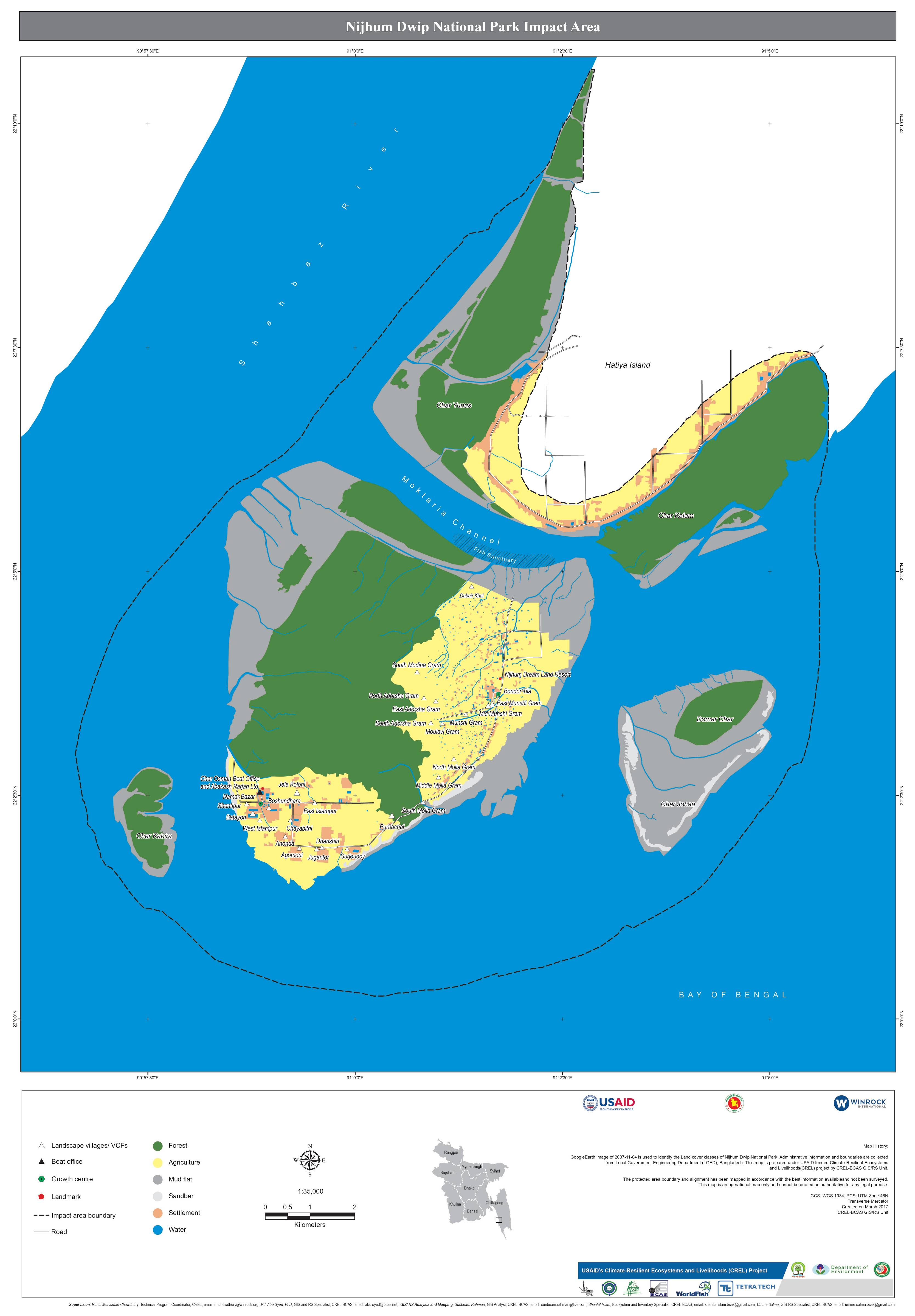


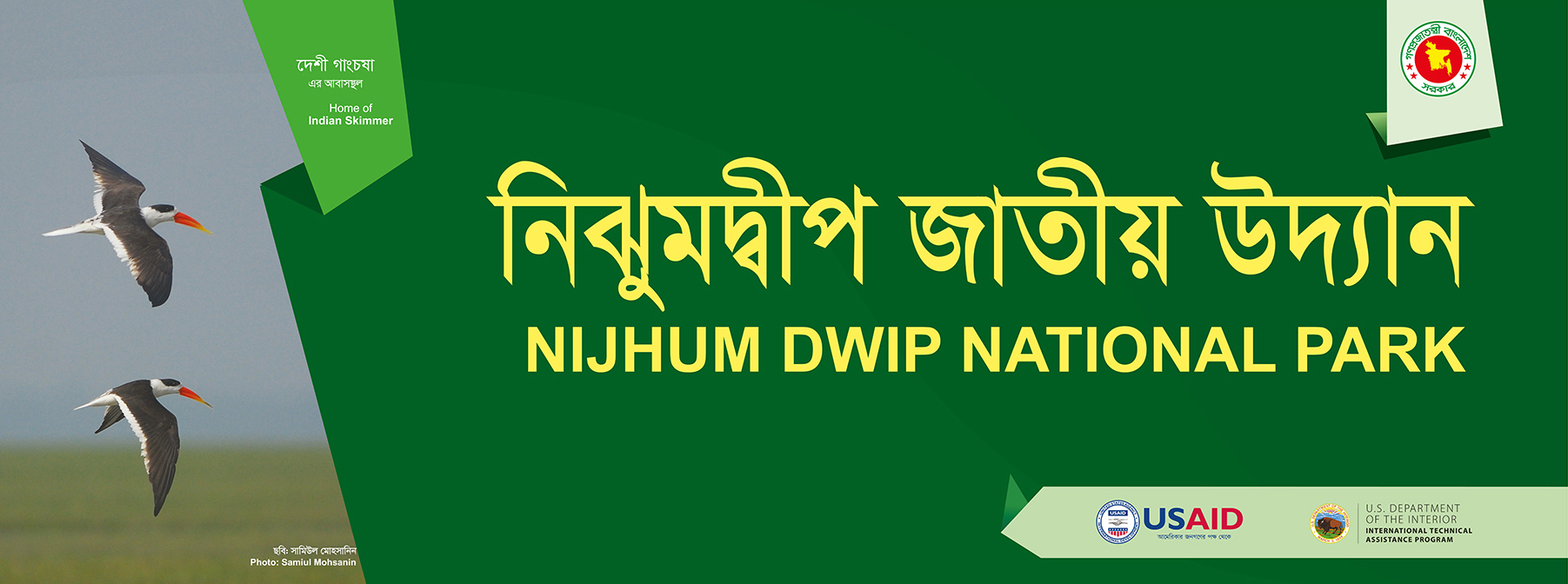
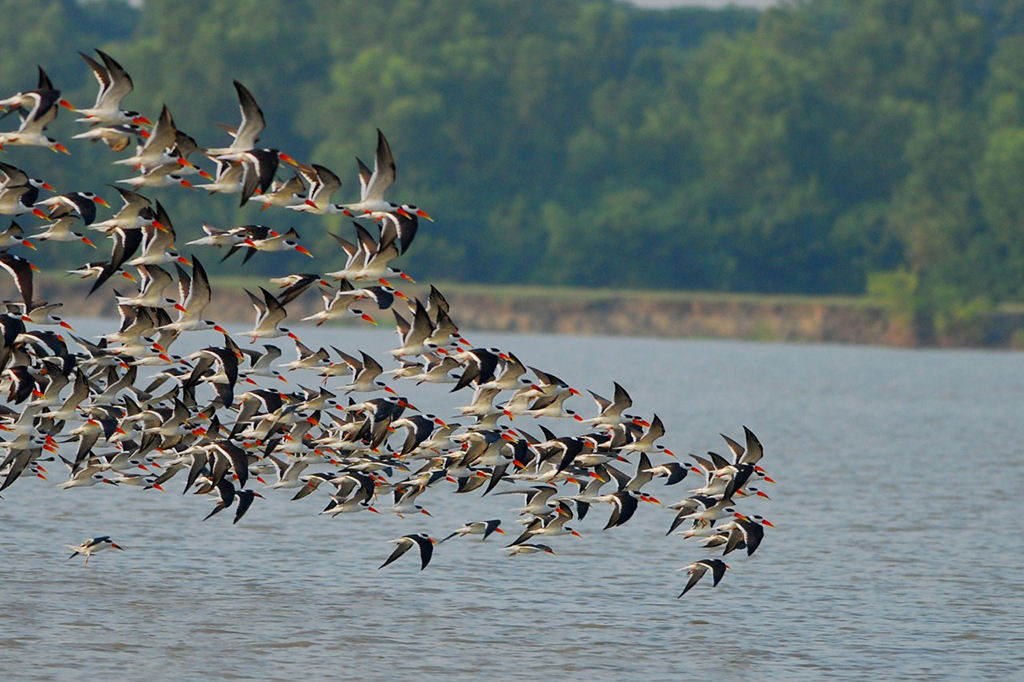
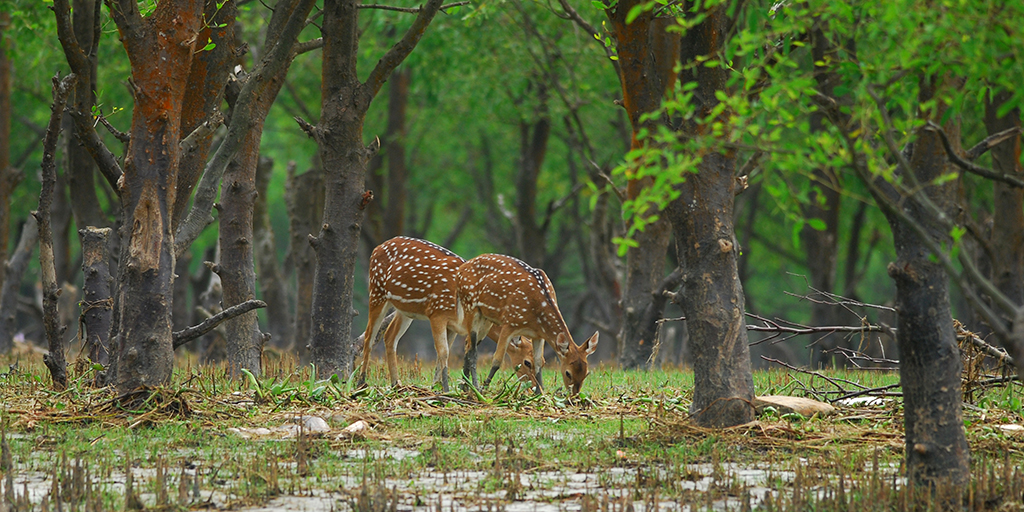
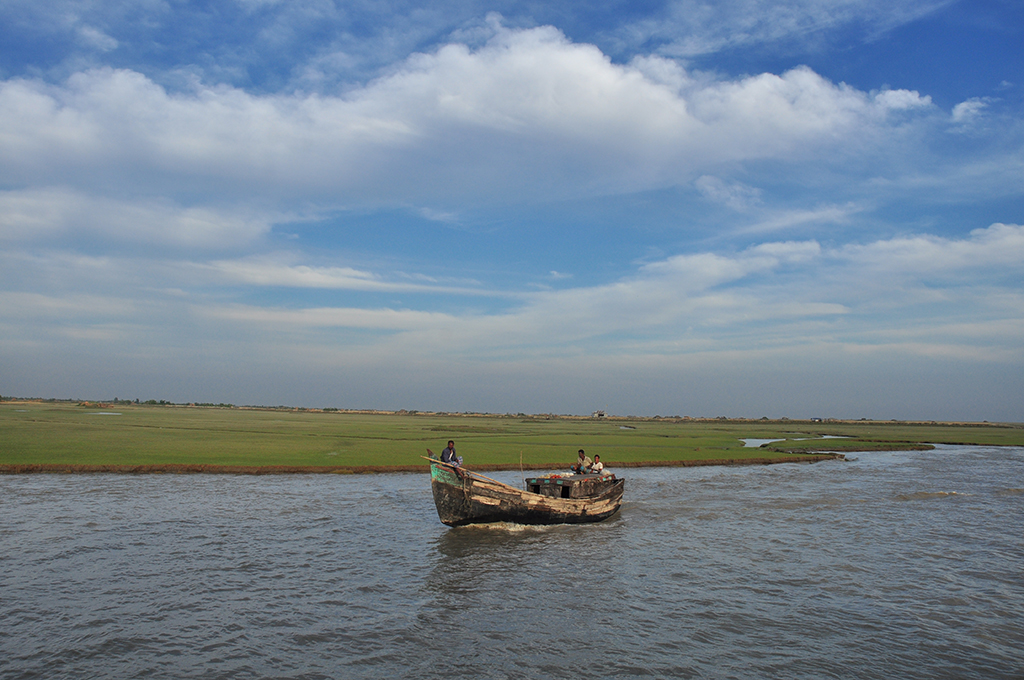
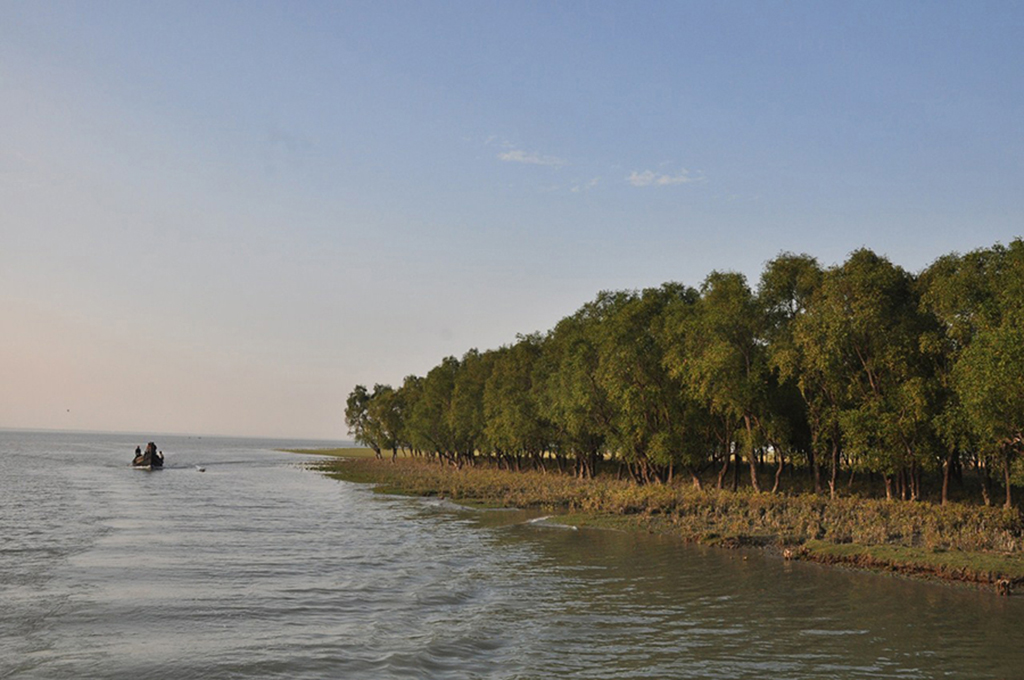
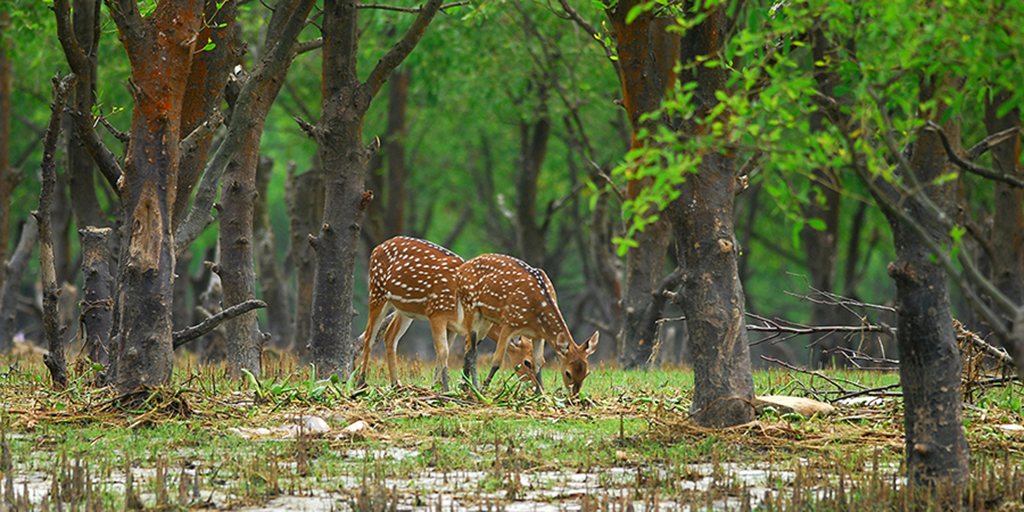
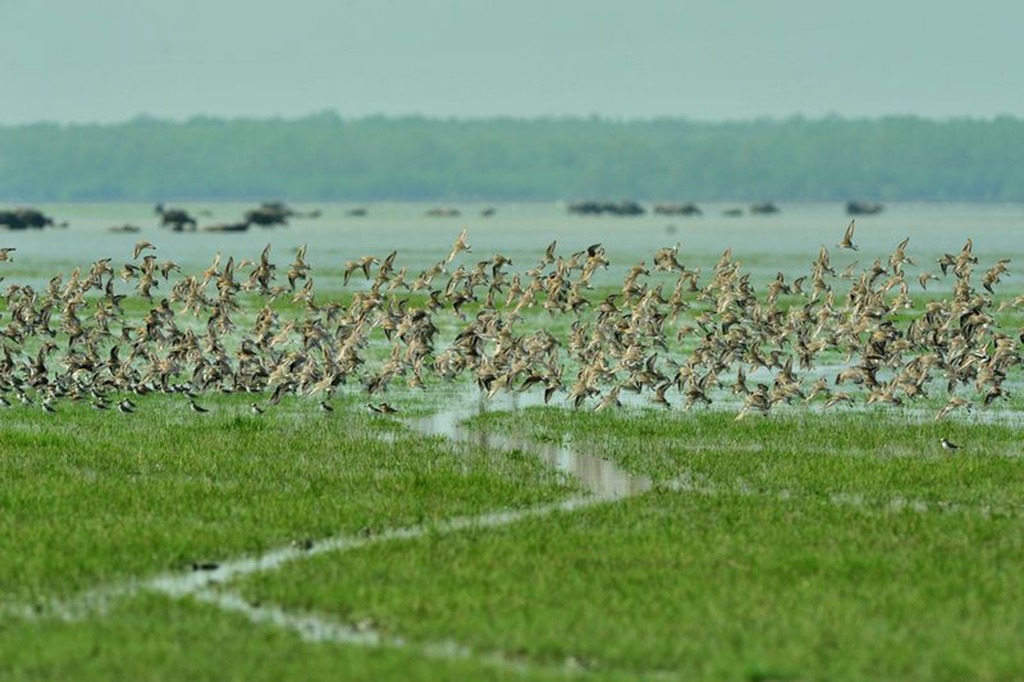
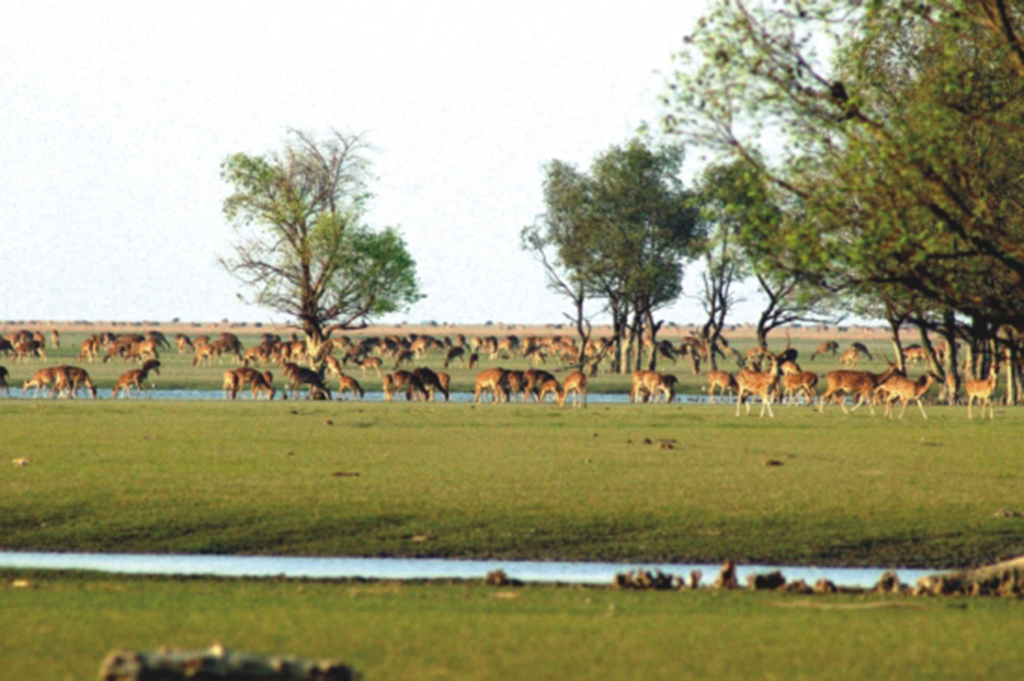
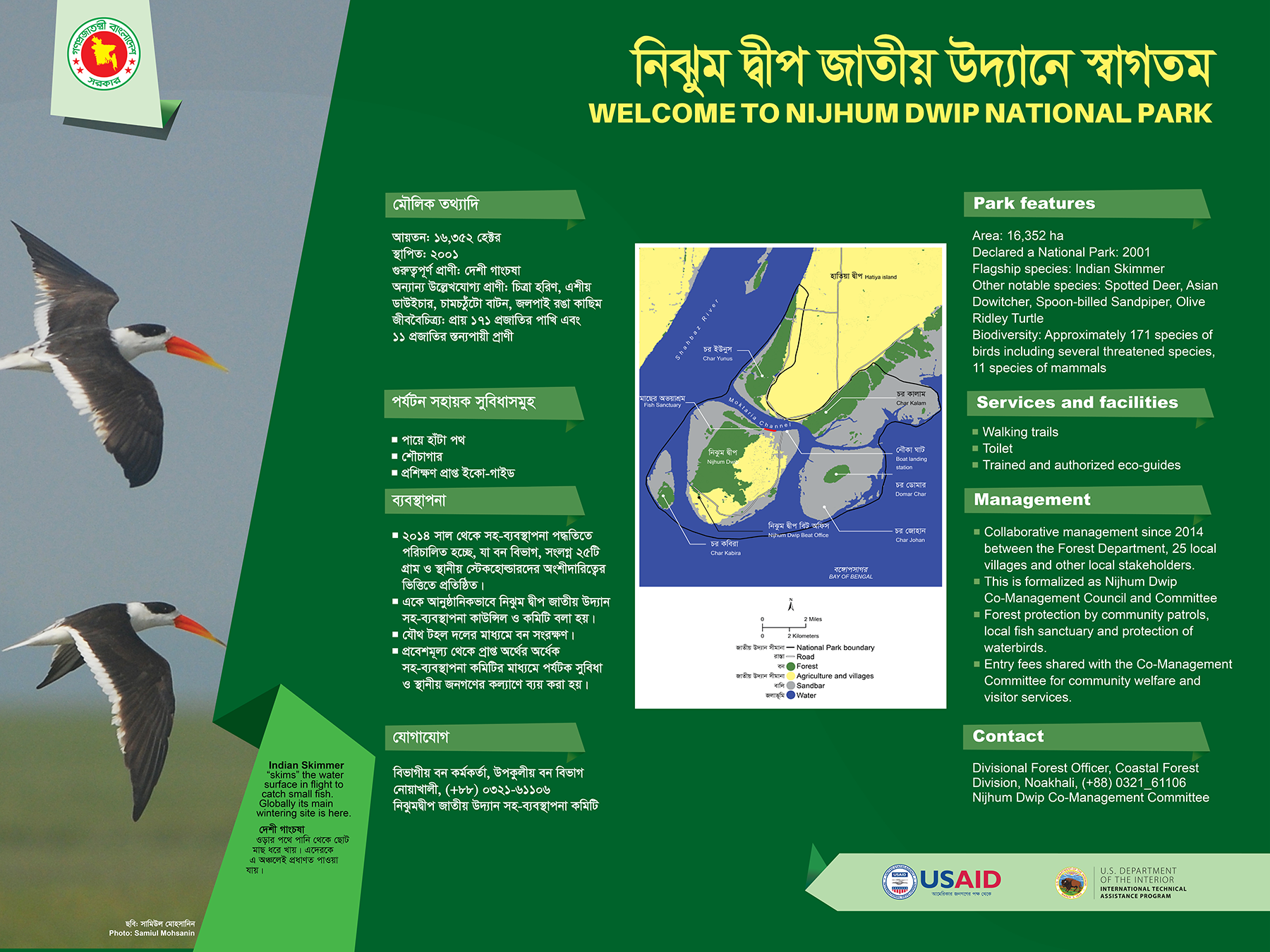
Leave a Reply